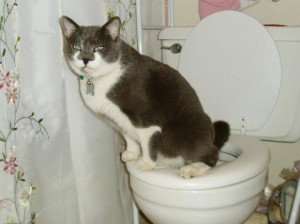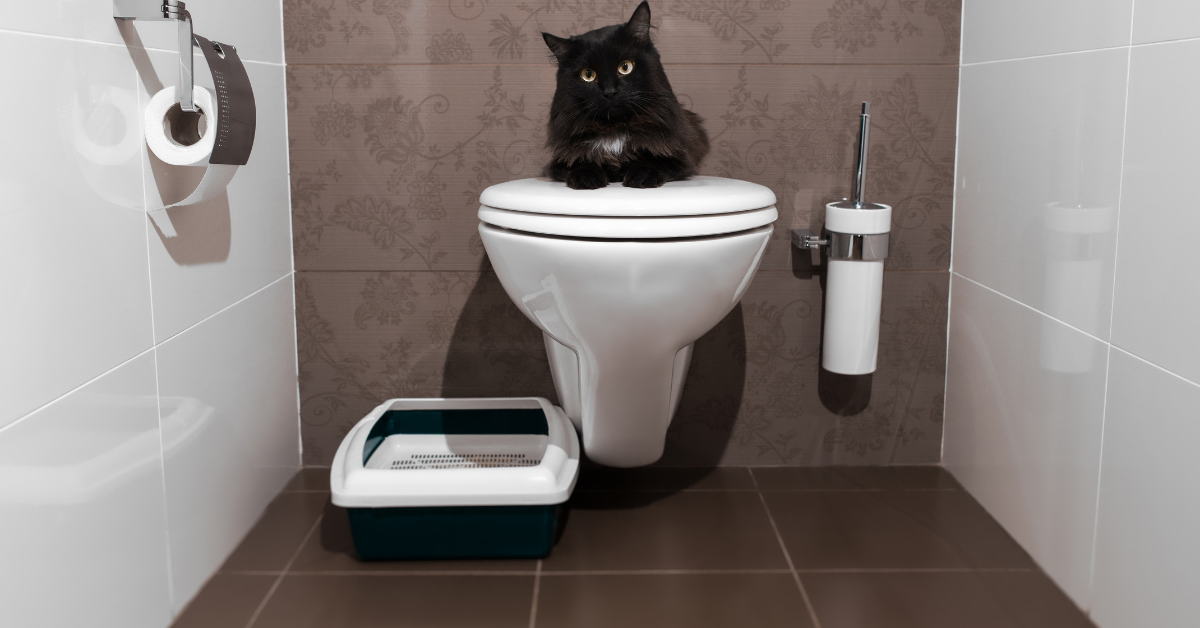Reasons You Shouldn't Flush Cat Poop Down Your Toilet - Maintain Your Pipe Health
Reasons You Shouldn't Flush Cat Poop Down Your Toilet - Maintain Your Pipe Health
Blog Article
This post listed below in relation to Don’t flush cat feces down the toilet is amazingly fascinating. Try it and draw your own final thoughts.

Intro
As pet cat owners, it's important to bear in mind exactly how we take care of our feline friends' waste. While it might appear hassle-free to purge feline poop down the bathroom, this technique can have harmful repercussions for both the atmosphere and human health and wellness.
Alternatives to Flushing
Luckily, there are safer and more accountable means to take care of cat poop. Think about the complying with alternatives:
1. Scoop and Dispose in Trash
One of the most typical approach of throwing away feline poop is to scoop it right into an eco-friendly bag and toss it in the garbage. Make sure to utilize a committed litter scoop and get rid of the waste promptly.
2. Use Biodegradable Litter
Choose biodegradable cat clutter made from products such as corn or wheat. These litters are eco-friendly and can be safely taken care of in the trash.
3. Hide in the Yard
If you have a yard, take into consideration hiding pet cat waste in a designated area away from veggie gardens and water sources. Make sure to dig deep sufficient to avoid contamination of groundwater.
4. Set Up a Pet Waste Disposal System
Purchase a pet dog waste disposal system specifically made for pet cat waste. These systems make use of enzymes to break down the waste, reducing smell and environmental influence.
Health Risks
Along with ecological issues, flushing cat waste can additionally posture health risks to humans. Pet cat feces may include Toxoplasma gondii, a parasite that can trigger toxoplasmosis-- a potentially severe illness, specifically for expecting ladies and individuals with damaged immune systems.
Ecological Impact
Purging feline poop introduces unsafe microorganisms and bloodsuckers into the water supply, presenting a significant risk to water ecosystems. These pollutants can negatively influence aquatic life and compromise water quality.
Conclusion
Liable pet ownership prolongs beyond supplying food and shelter-- it likewise includes appropriate waste administration. By avoiding purging pet cat poop down the commode and going with different disposal approaches, we can reduce our environmental footprint and protect human wellness.
Why Can’t I Flush Cat Poop?
It Spreads a Parasite
Cats are frequently infected with a parasite called toxoplasma gondii. The parasite causes an infection called toxoplasmosis. It is usually harmless to cats. The parasite only uses cat poop as a host for its eggs. Otherwise, the cat’s immune system usually keeps the infection at low enough levels to maintain its own health. But it does not stop the develop of eggs. These eggs are tiny and surprisingly tough. They may survive for a year before they begin to grow. But that’s the problem.
Our wastewater system is not designed to deal with toxoplasmosis eggs. Instead, most eggs will flush from your toilet into sewers and wastewater management plants. After the sewage is treated for many other harmful things in it, it is typically released into local rivers, lakes, or oceans. Here, the toxoplasmosis eggs can find new hosts, including starfish, crabs, otters, and many other wildlife. For many, this is a significant risk to their health. Toxoplasmosis can also end up infecting water sources that are important for agriculture, which means our deer, pigs, and sheep can get infected too.
Is There Risk to Humans?
There can be a risk to human life from flushing cat poop down the toilet. If you do so, the parasites from your cat’s poop can end up in shellfish, game animals, or livestock. If this meat is then served raw or undercooked, the people who eat it can get sick.
In fact, according to the CDC, 40 million people in the United States are infected with toxoplasma gondii. They get it from exposure to infected seafood, or from some kind of cat poop contamination, like drinking from a stream that is contaminated or touching anything that has come into contact with cat poop. That includes just cleaning a cat litter box.
Most people who get infected with these parasites will not develop any symptoms. However, for pregnant women or for those with compromised immune systems, the parasite can cause severe health problems.
How to Handle Cat Poop
The best way to handle cat poop is actually to clean the box more often. The eggs that the parasite sheds will not become active until one to five days after the cat poops. That means that if you clean daily, you’re much less likely to come into direct contact with infectious eggs.
That said, always dispose of cat poop in the garbage and not down the toilet. Wash your hands before and after you clean the litter box, and bring the bag of poop right outside to your garbage bins.
https://trenchlesssolutionsusa.com/why-cant-i-flush-cat-poop/

We were guided to that write-up about Don’t flush cat feces down the toilet through a friend on our other web blog. If you enjoyed our article kindly do not forget to pass it around. Thanks a lot for taking the time to read it.
Click Here Report this page